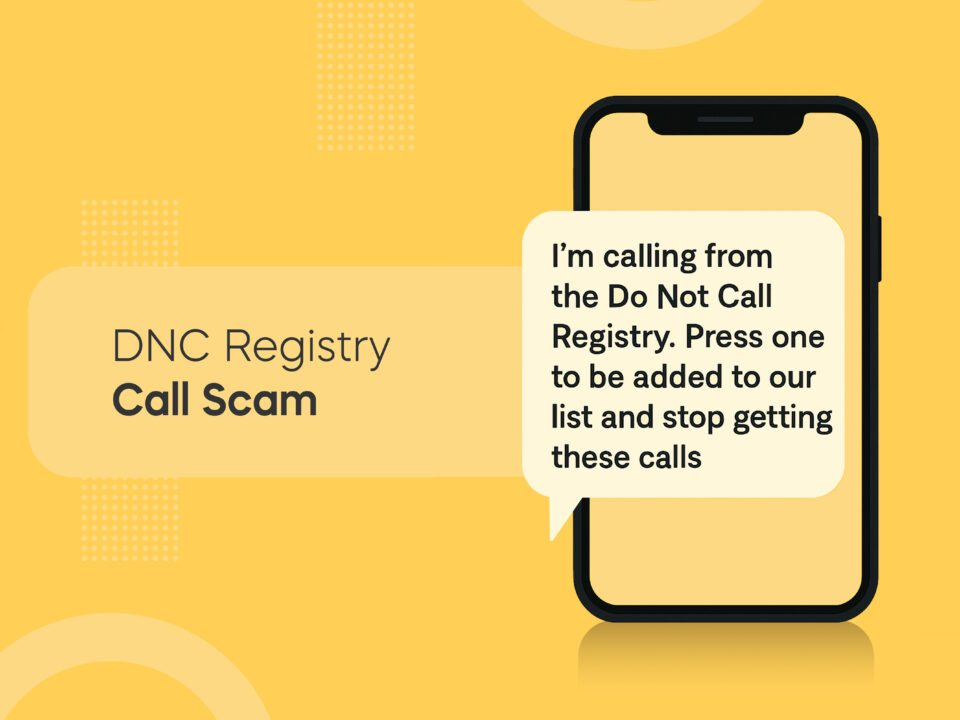
Jury Duty Scam Exposed: Fake Arrest Threats Targeting Your Wallet
October 3, 2025
Nomorobo Sues Synchrony Financial Over Alleged Illegal Robocalls
October 20, 2025How to Protect Children From Scams
Most children and teenagers spend much of their time online. Whether it's social media, entertainment, or online shopping, there's always a reason to log on. Unfortunately, that makes young people a key target for online fraud, identity theft, and other criminal activities.
The more technology improves our lives, the more we potentially open our families up to online threats. For parents and other concerned adults, this makes it difficult to prevent spam for children who are tech-savvy but a little more trusting of the information they're given online.
Here's how to protect children from scams, spot the signs of potential issues, and create a safer browsing experience for the kids you care about.
The Rising Number of Scams Targeting Children
According to the FBI's 2024 Internet Crime Report, people under the age of 20 experienced $22.5 million in losses, and the number of reported cases of digital crime against children almost doubled since the previous year.
The dangers of scams don't end at financial damage, either. Young victims of online fraud can also experience:
- Emotional anguish, depression, and shame.
- Compromised social media accounts.
- A lack of trust in others.
- Identity theft.
Common Types of Scams That Target Kids
To protect children from scams, it's important to identify the methods that criminals use to entice them into sharing personal or sensitive information. These scams include:
- Impersonating friends: A scammer may collect information about a young target via social media, including family names and images of friends. They can leverage this information to create fake accounts and contact children, asking for immediate help with funds.
- Celebrities and influencers: AI and deepfake technology can be used to impersonate someone your child looks up to. This can then manipulate children into making a purchase, sending money, or clicking on harmful malware links.
- Talent scout scams: A child may receive an unsolicited message or a pop-up inviting them to enter a talent contest or join a casting call. This can lead to them paying an “entry fee” or sharing personal images and other sensitive information.
- Gaming scams: Scams targeting children in online gaming may involve befriending them to obtain information about names, addresses, and account details. Other scenarios include promising free in-game money or gaming extras if they log in to a specific site or click a link.
- Fake online stores or fraudulent offers: Young people may be more susceptible to ads that offer popular products for a low price. They'll then enter their payment information, which can be stolen with their personal data, as they wait for a product that never arrives.
- Sextortion: After forming an emotional connection, a scammer may blackmail a young person by threatening to share their sexual material unless they receive money or further sexual favors.
How to Identify Scams Targeting Children

It's estimated that a quarter of all young people will experience identity theft before they turn 18. Understanding the warning signs of a potential scam is the first step toward preventing it.
Here are five red flags to watch out for.
1. AI and Deepfakes
It sometimes feels like your child has a new online hero every week. If you notice them watching an influencer regularly, keep an eye out for odd-looking skin tone, or shifts in skin tone around the face. Is the face unusual and a little blurred? Is there unnatural mouth or eye movement? Does the voice sound enhanced or digital?
These are potential signs of your child watching AI-generated content that may have an ulterior motive.
2. New Names and Behaviors
A child enthusiastically bringing up the name of a new online friend can be perfectly innocent. However, a child being secretive about a new online friendship can be a big potential red flag. Behaviors like suddenly becoming withdrawn, anxious, or angry when they can't be online may also be causes of concern.
Be cautious if your child unexpectedly wants to use a new app to communicate with a friend, or expresses a panicked, urgent need to buy in-game extras.
3. Money Requests
Financial behavior is an important indicator of possible scams — for example, your child's allowance suddenly vanishes, or goes toward gift cards and in-game purchases instead of their usual treats. A child becoming defensive when asked about this spending may also be a sign of a scam in progress.
An urgency around cryptocurrency that hasn't been discussed before may indicate a crypto phone scam. These scams don't just target adults who have cryptocurrency, and young people may be swayed by the pressure of the call or text to share information.
4. Personal Information Questions
This scam attempt can be identified in two ways. First, you may hear your child talking with an online friend or watching an influencer when the subject of sharing personal details comes up. Second, your child may start to ask questions about the family, including names, full addresses, or financial details they've never been curious about before.
5. Unusual Emails, Numbers, and Social Media Accounts
It's easy for a child to miss a social media account that appears legitimate but has a misspelled letter or a variation of a commonly recognized brand. It's also important to ensure any emails or calls they receive are from reputable sources.
As a general rule, there's no reason why a friend, influencer, or talent organization should contact your child directly for any money or personal information.
Teaching Children to Spot Scams
How can teenagers protect themselves from scams that seem legitimate, or younger children who may be more trusting and naive? Creating a safe space for communication and honesty is an integral part of developing their awareness.
Some ways you can do this effectively include:
- Establishing an open dialogue: If a child thinks they'll get in trouble for making a mistake, they're less likely to come to you with their concerns. Let your children know that it's OK to ask questions.
- Using examples: Spend time as a family going over some examples of scams that target children. You can even make a fun role-playing game of it to keep their attention and help it all sink in.
- Creating a secret family word: Involve your children in making a secret word to use when they're contacted by someone claiming to be a family member.
- Making a checklist: Create a list of information that no one should ask for, including phone numbers, addresses, names of schools, and bank details. Encourage them to use it when online.
- Implementing security settings: Add safety and privacy controls to any browsers, apps, and games to show them how online security works.
These practices can help safeguard children on the internet while giving them the confidence to spot scam calls and texts at the beginning of a criminal act. If your child has already been the victim of an online scam, report it to the Federal Trade Commission (FTC) as soon as possible.
Protect Children From Scams With Nomorobo
Knowing how to safeguard children on the internet means finding the best ways to protect them from potential online threats. Prevent spam for children and your entire family with a Nomorobo package.
Nomorobo has the most accurate data because we have the largest number of sensors. Over 4 million customers, 350,000 honeypots, and 7 million VOIP customers inform us about trustworthy and untrustworthy calls or texts.
This allows us to provide ultimate protection and peace of mind through our app, which automatically blocks spam calls to keep your children connected, protected, and browsing online safely. Get started on a safer online family experience today.






